The book broadly deals with the concepts of Indian Fisheries. The history of fisheries is very old. Early human beings lived on fishing. The history of occurrence of fishes in India dates back to as early as three million years B.C. Hora 1956. The fish engravings and fish remains were obtained from the excavation of Mohenjodaro and Harappa of the Indus Valley, some 2500 to 1500 B.C. In 1120 A.D. King Somesvara, the son of King Vikramaditya VI, for the first time, recorded the common sports fishes of India and grouped them into marine and fresh water riverine forms in his book Manasoltara.
The term fisheries can be defined as regular effort made to sieze the fish and other living products of water. While fishing is the extension of these activities with the aid of appropriate tools, the way in which principle of catch and procedure are combined constitutes the fishing methods. The gear represents those means by which the fishes are actually restrained. The crafts help in fishing. The preservation and processing are the operations necessary to bring home the catch in desired conditions.
The Indian fishery has many benefits including production of food contribution to national income, employment opportunity and recreation and sport. The Indian fisheries can be broadly divided into 3 distinct heads, fresh water, estuarine and marine. Out of these the fresh water and estuarine together constitute the Inland fisheries.

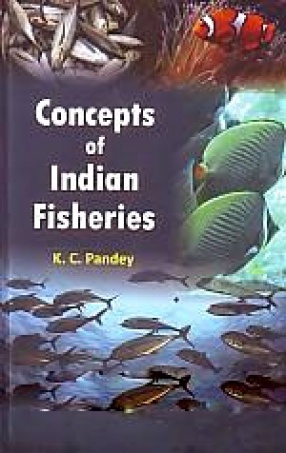
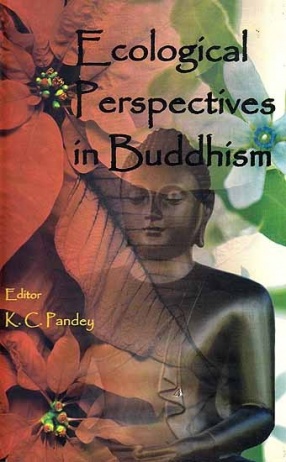
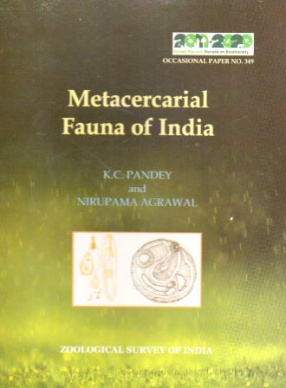
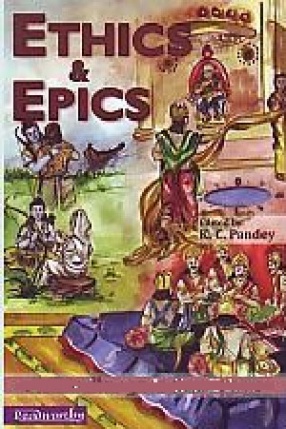
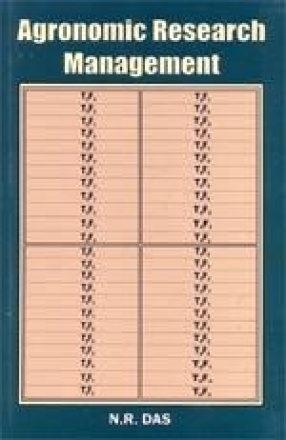


There are no reviews yet.